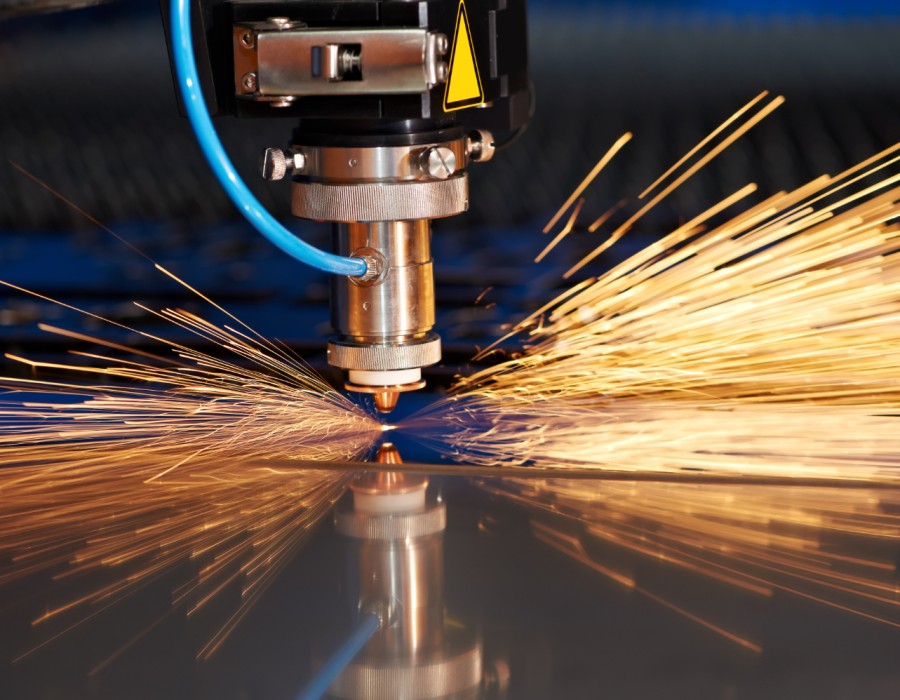In the world of modern technology, lasers have become indispensable tools across various industries, from healthcare to manufacturing, entertainment to research. These highly concentrated beams of light have revolutionized countless processes, offering unparalleled precision and efficiency. However, with great power comes great responsibility, and the use of lasers necessitates strict adherence to safety protocols to prevent accidents and ensure the well-being of operators and bystanders alike.
Laser safety classes play a crucial role in educating individuals about the potential hazards associated with laser use and providing them with the knowledge and skills necessary to mitigate risks effectively. These classes cover a wide range of topics, including laser classifications, biological effects, safety measures, and regulatory requirements, tailored to the specific needs of different laser users.

One of the fundamental aspects addressed in laser safety classes is understanding the classification system established by regulatory bodies such as the International Electrotechnical Commission (IEC) and the American National Standards Institute (ANSI). Lasers are categorized based on their potential to cause harm, with Class 1 being the least hazardous and Class 4 posing the highest risk. By familiarizing participants with these classifications, safety classes empower them to identify and handle lasers according to their associated hazards.
Moreover, laser safety classes delve into the biological effects of laser radiation on the human body. Different wavelengths and power levels can result in various types of injuries, including thermal burns, photochemical damage, and even irreversible eye damage. Participants learn about the importance of proper eye protection, beam alignment, and beam termination to minimize the risk of accidents and injuries during laser operations.
Furthermore, laser safety classes emphasize the implementation of engineering controls and administrative measures to create a safe working environment. Engineering controls may include the installation of interlocks, beam enclosures, and laser warning signs to prevent unauthorized access and accidental exposure. Administrative measures involve developing standard operating procedures (SOPs), conducting risk assessments, and providing regular training and supervision to personnel handling lasers.
In addition to mitigating immediate risks, laser safety classes also address the long-term effects of laser exposure and the importance of monitoring and surveillance. Chronic exposure to laser radiation can lead to cumulative damage to the eyes and skin, highlighting the necessity of regular medical surveillance for individuals working with lasers. By promoting a culture of safety and awareness, these classes instill a sense of responsibility among laser users to prioritize their health and well-being.
Furthermore, laser safety classes keep participants abreast of the latest regulatory requirements and industry best practices. As technologies evolve and new applications for lasers emerge, it is imperative to stay updated on relevant safety standards and guidelines to ensure compliance and prevent accidents. Whether it's medical laser procedures, industrial cutting and welding operations, or laser light shows in entertainment venues, adherence to safety regulations is non-negotiable.
Moreover, laser safety classes cater to a diverse audience, including scientists, engineers, medical professionals, technicians, and even hobbyists. Regardless of their level of experience or familiarity with lasers, participants benefit from comprehensive training programs that cover both theoretical principles and practical applications. Hands-on exercises and demonstrations allow participants to apply their knowledge in real-world scenarios, reinforcing learning outcomes and promoting confidence in laser handling.
Another key aspect of laser safety classes is the recognition and management of emergencies related to laser accidents. Participants learn how to respond swiftly and effectively in the event of injuries, fires, or equipment malfunctions, minimizing the potential for further harm and facilitating prompt medical assistance. By equipping individuals with the skills to handle emergencies competently, these classes enhance overall preparedness and resilience in laser-related environments.
Furthermore, laser safety classes foster a culture of continuous improvement and knowledge sharing within organizations. By encouraging open communication and feedback among laser users, safety officers, and management personnel, these classes facilitate the exchange of insights, lessons learned, and best practices. Through regular audits, inspections, and incident investigations, organizations can identify areas for improvement and implement corrective actions to enhance safety performance continually.
In conclusion, laser safety classes are indispensable for promoting a culture of safety, responsibility, and compliance in environments where lasers are utilized. By equipping individuals with the knowledge, skills, and awareness necessary to mitigate risks effectively, these classes help prevent accidents, protect personnel and the public, and uphold regulatory standards. Investing in laser safety education not only safeguards lives and property but also fosters innovation and progress in laser technology across diverse industries.





Comments